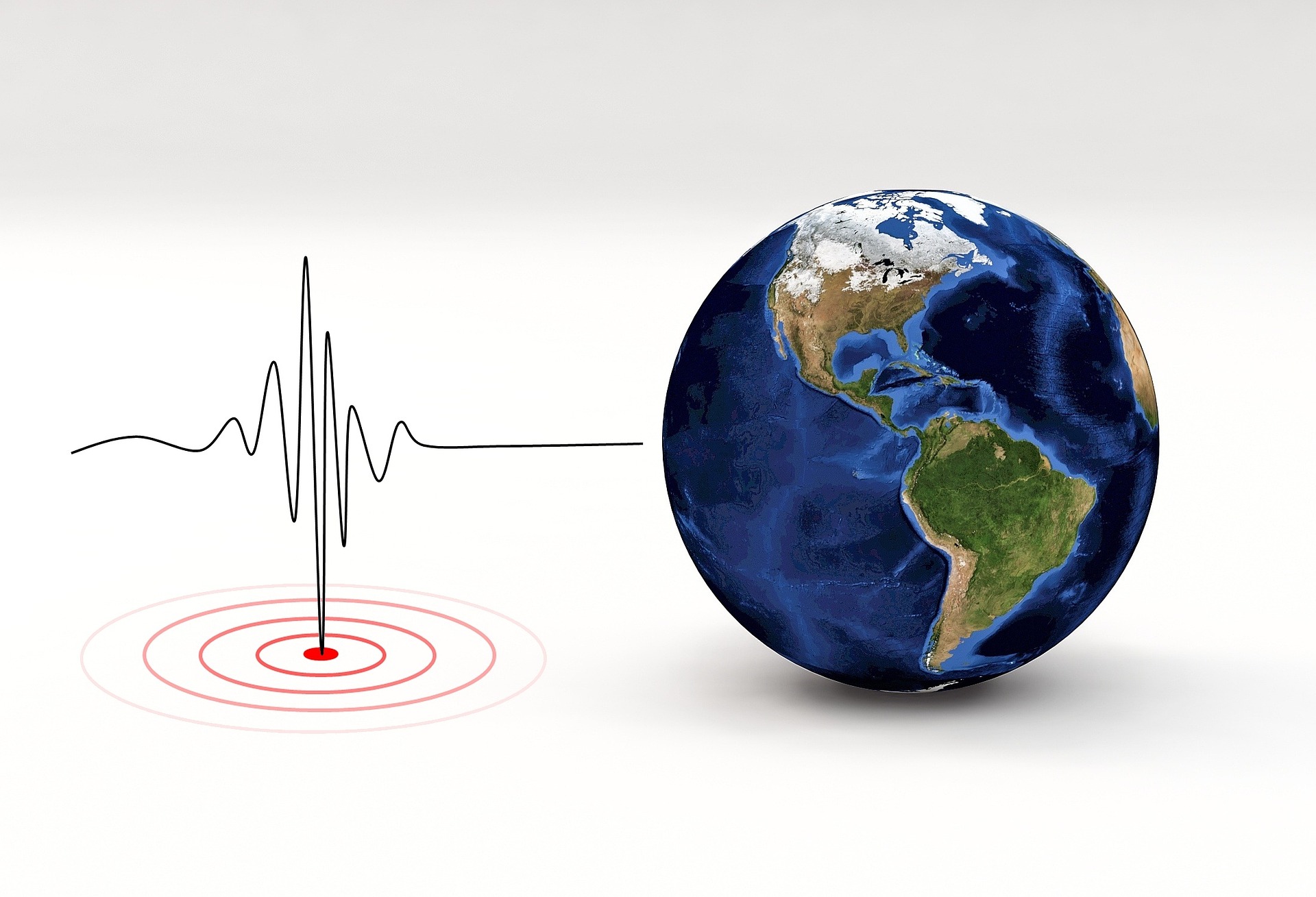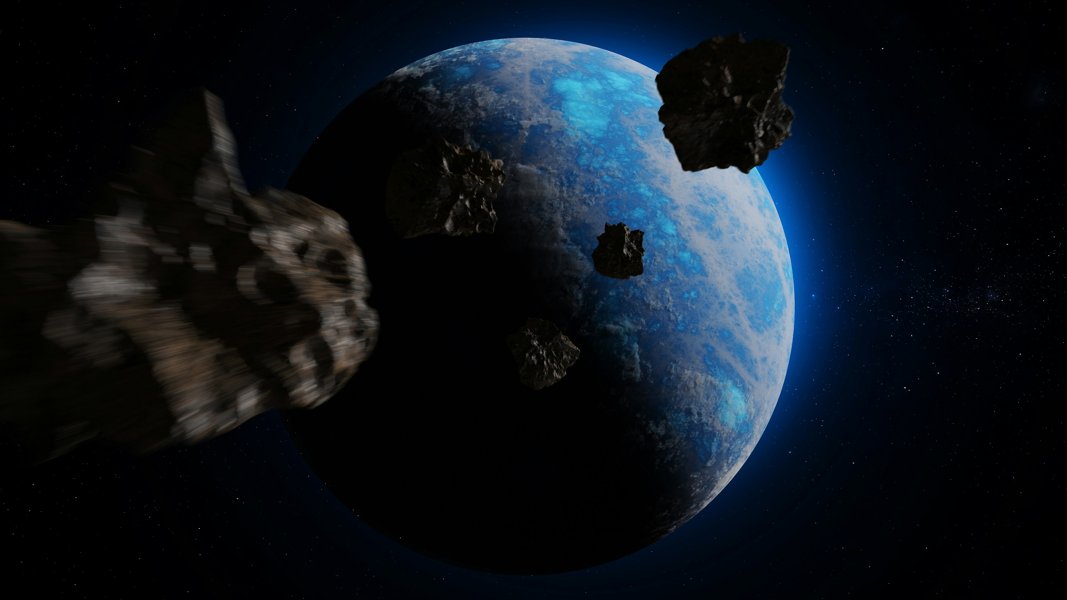A surprising geological discovery is reshaping how scientists understand the deep structure of the North American continent. A massive slab of ancient continental crust buried beneath the eastern United States is gradually “dripping” into the Earth’s mantle, pulling segments of the overlying crust downward with it. This process, which spans thousands of kilometers from Michigan to Alabama, offers fresh insights into the powerful and unseen forces sculpting Earth’s interior over millions of years.
A slow-motion collapse beneath our feet
Geologists refer to the phenomenon as “lithospheric dripping”—a process where dense, old portions of Earth’s lithosphere (the rigid outer layer that includes the crust and upper mantle) become unstable and sink into the hotter, softer mantle below. Using a combination of seismic imaging, GPS data, and computer models, researchers found evidence of this geological “drip” beneath parts of the central and southeastern United States.
What makes this finding significant is its location. Most tectonic activity—earthquakes, mountain building, and crust recycling—occurs along plate boundaries. But this dripping process is happening in the interior of a tectonic plate, far from the active margins, suggesting that the Earth’s deep interior is far more dynamic than previously believed, even in so-called “stable” regions.
The ghost of an ancient continent
The geological culprit behind this deep-earth reshaping dates back over a billion years. Beneath this region lies the remnant of an ancient supercontinent, a thick, rigid slab of lithosphere leftover from massive tectonic collisions during the formation of North America’s core. Over time, as this ancient rock cooled and became denser than the surrounding mantle, parts of it began to detach and sink—a process that is now being observed in detail for the first time.
The implications are profound: the Earth’s crust and mantle are not static. Even long after the surface seems geologically quiet, deep processes continue to reshape continents from below.
Visible effects at the surface
While the action is unfolding far beneath our feet, it’s already having consequences on the surface. Scientists have linked the dripping process to a number of subtle but measurable changes:
- Sinking ground levels in areas such as parts of the Appalachian region, consistent with the downward pull from the crustal drip.
- Minor seismic activity not associated with known fault lines, possibly triggered by stress redistribution from deep subsidence.
- Geochemical changes in volcanic rocks and sedimentary layers, indicating mantle material may be rising to replace the sinking crust.
This slow-motion restructuring might also explain long-standing geological mysteries, such as the unusual elevation patterns across the southeastern U.S. and the formation of deep basins and uplifts far from active tectonic zones.
A new frontier in understanding Earth’s interior
The discovery of lithospheric drips beneath North America is part of a broader effort to map and interpret the Earth’s interior with unprecedented precision. Thanks to advances in seismic tomography—a kind of CT scan of the planet—scientists are beginning to see how ancient structures buried deep in the mantle can influence the surface, even after hundreds of millions of years.
The findings challenge traditional ideas that plate interiors are geologically dormant and underscore the importance of deep Earth processes in shaping the surface world. As more data is collected, geologists expect to find similar dripping zones beneath other continental interiors, suggesting that this may be a common feature of planetary evolution, not just a regional oddity.
Rethinking continental stability
The idea of a stable continental interior—undisturbed for hundreds of millions of years—is now under review. Instead, the ancient heart of North America appears to be slowly collapsing in places, not from above, but from deep within. It’s a vivid reminder that Earth is never truly at rest, even in its quietest corners.
For geologists, this discovery represents a major shift in thinking. For the rest of us, it’s a humbling glimpse into the vast, hidden mechanisms that have shaped—and continue to shape—our planet on a timescale far beyond human experience.




